

On the Ropes(1999)
The real fight is outside the ring.
The story of three young boxers and their coach who is determined to guide them in a positive direction in and out of the ring.
Movie: On the Ropes

On the Ropes
HomePage
Overview
The story of three young boxers and their coach who is determined to guide them in a positive direction in and out of the ring.
Release Date
1999-01-01
Average
6.5
Rating:
3.3 startsTagline
The real fight is outside the ring.
Genres
Languages:
EnglishKeywords
Recommendations Movies
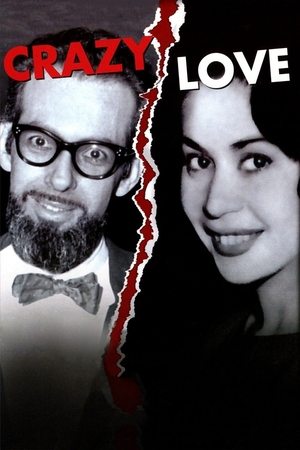 6.6
6.6Crazy Love(en)
Filmmaker Dan Klores examines the strange love affair of Burt Pugach and Linda Riss. Pugach is a successful attorney in 1950s New York when he meets much-younger Riss. The pair date, but Riss breaks off contact with Pugach upon learning his claims of divorce are false. Discovering that Riss was engaged to another man, Pugach hires some men to throw lye in her face, and he serves 14 years in prison for the crime.
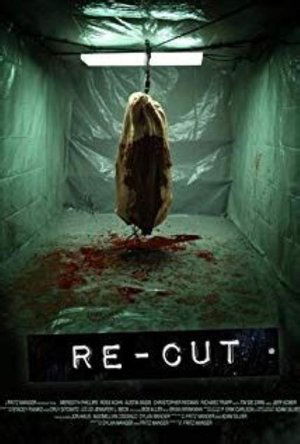 6.6
6.6Re-Cut(en)
When twin girls are found dead in their family’s barn, reality star turned TV-reporter Meredith Phillips and her de-facto camera crew are dispatched to rural Wisconsin to investigate the gruesome deaths. In their relentless drive to break the story, the reporters become entangled in a deadly mystery and uncover the small town’s shocking secret. Edited together from the crew’s multiple cameras, the film documents their struggle to survive the most terrifying night of their lives and becomes the only evidence of a crime too horrific to imagine.
 7.2
7.2Tomie: Rebirth(ja)
Young art student Hideo paints an unnerving portrait of Tomie, who whispers that she loves him. Inexplicably, he reacts by stabbing her to death with a painting trowel. Two friends, Takumi and Shunichi, arrive on the scene and help him dispose of the body. To cheer him up, the boys take the unwitting murderer to the nearest bar for a party... but a mysterious girl named Tomie shows up, bearing a few odd physical resemblances to the dead girl in the ground.
 6.3
6.3Noryang: Deadly Sea(ko)
The Imjin War reaches its seventh year in December of 1598. Admiral Yi Sun-shin learns that the Wa invaders in Joseon are preparing for a swift withdrawal following the deathbed orders of their leader Toyotomi Hideyoshi. Determined to destroy the enemy once and for all, Admiral Yi leads an allied fleet of Joseon and Ming ships to mount a blockade and annihilate the Wa army. However, once Ming commander Chen Lin is bribed into lifting the blockade, Wa lord Shimazu Yoshihiro and his Satsuma army sail to the Wa army's rescue at Noryang Strait.
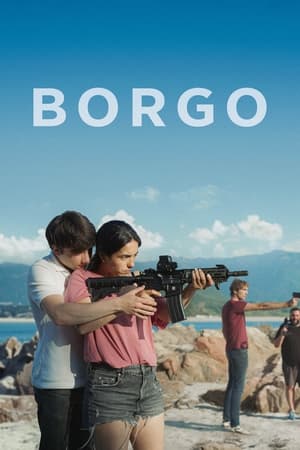 6.8
6.8Borgo(fr)
Melissa is an experienced, exemplary prison guard. But a dangerous spiral is set into motion when she transfers to a Corsican jail, where she accepts help and protection from inmate Saveriu to get her bearings. Upon his release, he contacts Melissa expecting to collect.
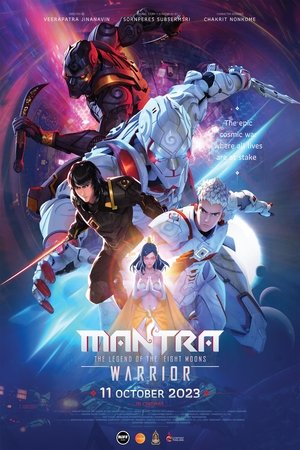 7.4
7.4Mantra Warrior: The Legend of The Eight Moons(th)
A story inspired by the original RAMAYANA, retold in a futuristic universe, involving brave warriors who possess ancient powers from another dimension.
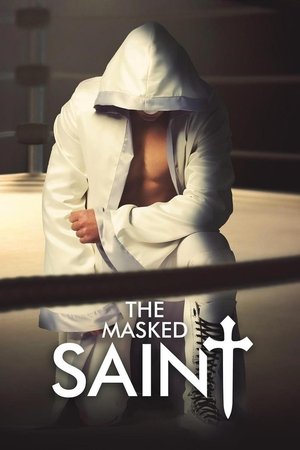 5.6
5.6The Masked Saint(en)
The journey of a professional wrestler who becomes a small town pastor and moonlights as a masked vigilante fighting injustice. While facing crises at home and at the church, the Pastor must evade the police and somehow reconcile his violent secret identity with his calling as a pastor.
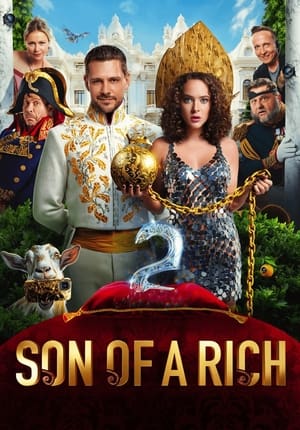 6.5
6.5Son of a Rich 2(ru)
Grigory, the son of an oligarch, is fully rehabilitated after his humbling experience as a 19th-century serf. Moreover, he develops a strong sense of moral justice. When he meets a pampered young socialite named Katya, he is abhorred by her insolent escapades. Grigory transports Katya “back in time” to teach her a valuable lesson about humility.
 6.6
6.6The Venerable W.(en)
A view of the religious tensions between Muslims and Buddhist through the portrait of the Buddhist monk Ashin Wirathu, leader of anti-Muslim movement in Myanmar.
Sad?(en)
Set in the mid sixties and shot with more black than white, ‘SAD?’ is a dark ten minute film that explores the time that we spend alone watching television, and the good and sad effects it can have on you. The film has a timeless, forgotten feel about it, a study of a world and time detached from the norm, a life filled with both laughter and loneliness, escapism and escapees...
 7.0
7.0SpongeBob SquarePants: Viking-sized Adventures(en)
Dive in to hilarity when SpongeBob learns about the Vikings - right from the source, Squidward is banned from his lodge, SpongeBob and Patrick fill in for their heroes at an event, Captain Redbeard gets a surprise from his grandson, Mr. Krabs, and more!
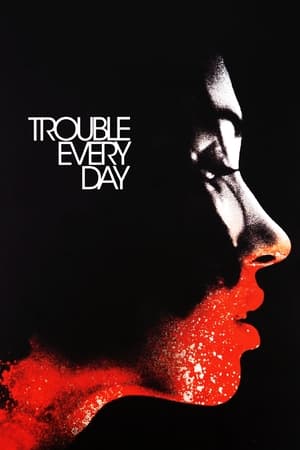 5.8
5.8Trouble Every Day(fr)
Newlyweds Shane and June arrive in Paris for their honeymoon. In the process of trying to find a cure for his strange, bloodthirsty disease, Shane stumbles upon the story of a doctor and his flesh eating wife.
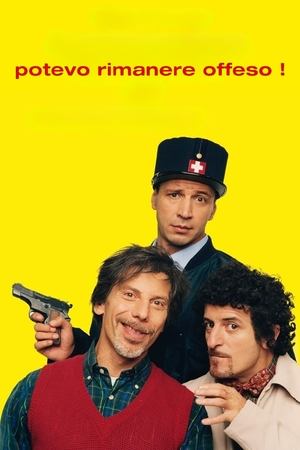 6.7
6.7I could have been offended!(it)
Live stage recording of the stand-up comedy show, with sketches and videos of old skits from 'Mai dire Gol'.
 7.2
7.2The Band Concert(en)
Mickey is trying to lead a concert of The William Tell Overture, but he's continually disrupted by ice cream vendor Donald, who uses a seemingly endless supply of flutes to play Turkey in the Straw instead. After Donald gives up, a bee comes along and causes his own havoc. The band then reaches the Storm sequence, and the weather also starts to pick up; a tornado comes along, but they keep playing.
 7.4
7.4Equinox Flower(ja)
Wataru Hirayama's outwardly liberal views on marriage are severely tested when his daughter declares that she is in love with a musician and is adamant to live life her own way, instead of agreeing to an arranged marriage. Outwitted by his female relatives, Hirayama stubbornly refuses to admit defeat.
 7.3
7.3Flashover(zh)
A large blast hits the gas pipeline in the industrial park due to a sudden earthquake, which triggers massive explosions and engulfs the neighboring area in flames. Facing the escalating fire danger, the Fire and Rescue Force quickly reaches the hazardous zone to hold the fire and cut a firebreak, in the meantime, many survivors are pulled out of the rubble.
 6.7
6.7Super Crazy(es)
A 36-year-old meek woman realizes that there’s younger people trying to outpace her doing much less, so she makes a risky change by removing her filter.
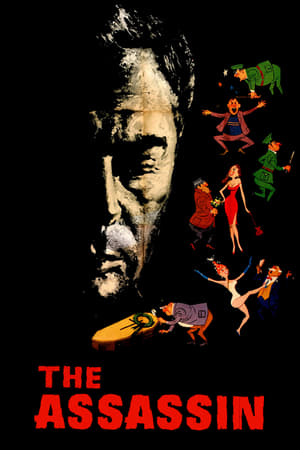 6.8
6.8The Assassin(it)
Suave antiques dealer Alfredo Martelli is picked up by the police with no justification. At the precinct, Martelli realizes what the investigation is all about-- that he is the main suspect in the killing of his wealthy ex-lover. Is he guilty, or is he just a sleaze?
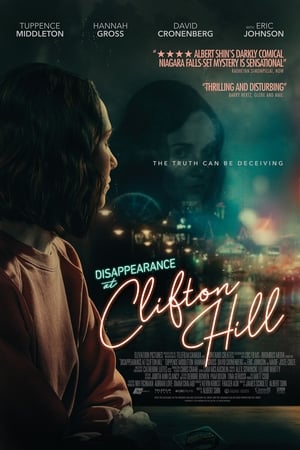 5.5
5.5Disappearance at Clifton Hill(en)
Following the death of her mother, a young woman returns home to Niagara Falls and becomes entangled in the memory of a kidnapping she claims to have witnessed as a child.
Similar Movies
 6.9
6.9Olympia: Part One – Festival of the Nations(de)
Commissioned to make a propaganda film about the 1936 Olympic Games in Germany, director Leni Riefenstahl created a celebration of the human form. This first half of her two-part film opens with a renowned introduction that compares modern Olympians to classical Greek heroes, then goes on to provide thrilling in-the-moment coverage of some of the games' most celebrated moments, including African-American athlete Jesse Owens winning a then-unprecedented four gold medals.
 6.7
6.7Olympia: Part Two – Festival of Beauty(de)
Commissioned to make a propaganda film about the 1936 Olympic Games in Germany, director Leni Riefenstahl created a celebration of the human form. Where the two-part epic's first half, Festival of the Nations, focused on the international aspects of the 1936 Olympic Games held in Berlin, part two, The Festival of Beauty, concentrates on individual athletes such as equestrians, gymnasts, and swimmers, climaxing with American Glenn Morris' performance in the decathalon and the games' majestic closing ceremonies.
 7.0
7.0Jesus Camp(en)
Jesus Camp is a Christian summer camp where children hone their "prophetic gifts" and are schooled in how to "take back America for Christ". The film is a first-ever look into an intense training ground that recruits born-again Christian children to become an active part of America's political future.
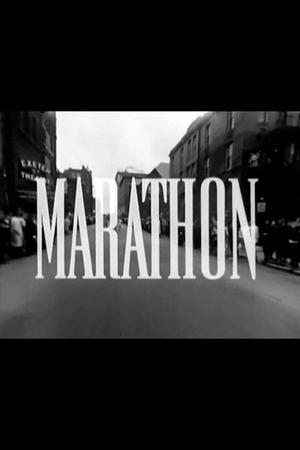 0.0
0.0Marathon(en)
Started as a class project in what was likely the first filmmaking course ever taught at Harvard, Marathon documents the running of the 1964 Boston Marathon.
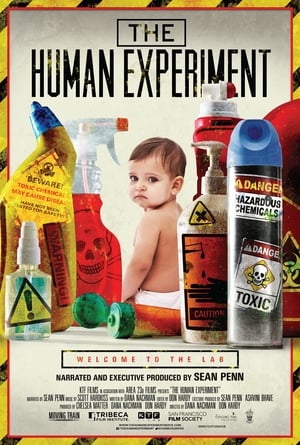 6.5
6.5The Human Experiment(en)
A documentary that explores the potential dangers of toxic chemicals in consumer products and the recent spike in unexplained health phenomena.
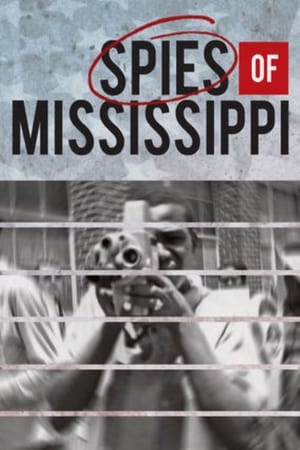 7.3
7.3Spies of Mississippi(en)
Spies of Mississippi tells the story of a secret spy agency formed by the state of Mississippi to preserve segregation and maintain white supremacy. The anti-civil rights organization was hidden in plain sight in an unassuming office in the Mississippi State Capitol. Funded with taxpayer dollars and granted extraordinary latitude to carry out its mission, the Commission evolved from a propaganda machine into a full blown spy operation. How do we know this is true? The Commission itself tells us in more than 146,000 pages of files preserved by the State. This wealth of first person primary historical material guides us through one of the most fascinating and yet little known stories of America's quest for Civil Rights.
 5.8
5.8Prater(de)
Vienna’s Prater is an amusement park and a desire machine. No mechanical invention, no novel idea or sensational innovation could escape incorporation into the Prater. The diverse story-telling in Ulrike Ottinger’s film “Prater” transforms this place of sensations into a modern cinema of attractions. The Prater’s history from the beginning to the present is told by its protagonists and those who have documented it, including contemporary cinematic images of the Prater, interviews with carnies, commentary by Austrians and visitors from abroad, film quotes, and photographic and written documentary materials. The meaning of the Prater, its status as a place of technological innovation, and its role as a cultural medium are reflected in texts by Elfriede Jelinek, Josef von Sternberg, Erich Kästner and Elias Canetti, as well as in music devoted to this amusement venue throughout the course of its history.
 0.0
0.0Abused by Mum: The Ruby Franke Scandal(en)
Ruby Franke's rise as a "momfluencer" with millions of followers hid a nightmare; when her son fled and alerted a neighbor about the abuse, police raided her home, rescuing her children.
Crimes of Honour(en)
Throughout the Islamic world, each year hundreds of women are shot, stabbed, strangled or burned to death by male relatives because they are thought to have “dishonoured” their families. They may have lost their virginity, refused an arranged marriage or left an abusive husband. Even if a woman is raped or merely the victim of gossip, she must pay the price. Crimes of Honour documents the terrible reality of femicide – the belief that a girl’s body is the property of the family, and any suggestion of sexual impropriety must be cleansed with her blood. We meet women in hiding from their families, a brother who describes his reasons for killing the sister he loved, and a handful of women who have committed themselves to the protection of young women in danger of losing their lives.
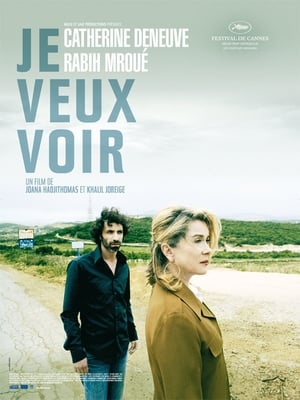 5.7
5.7I Want to See(fr)
July 2006. Another war breaks out in Lebanon. The directors decide to follow a movie star, Catherine Deneuve and a friend, actor and artist Rabih Mroue;, on the roads of South Lebanon. Together, they will drive through the regions devastated by the conflict. It is the beginning of an unpredictable, unexpected adventure...
 4.9
4.9Visions of Europe(en)
Twenty-five films from twenty-five European countries by twenty-five European directors.
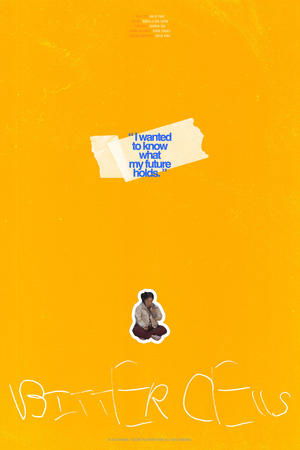 0.0
0.0Bitter Cells(ko)
Huiju learned of her biopsy test results, but lied to her mum about them. Feeling guilty about the lie, she embarks on her journey to find cancer patients who have the same diagnosis as hers and learns about their experiences. After hearing their stories, she finds the courage to tell the truth to her mum.
10 + 4 (Dah be alaveh chahar)(en)
After casting painter and video artist Mania Akbari as the central figure of his groundbreaking Ten (2002), and then witnessing her outstanding debut as a feature film director in 20 Fingers (2004), Abbas Kiarostami urged her to direct a sequel to the film. In Dah be alaveh Chahar (10 + 4), though, circumstances are different: Mania is fighting cancer. She has undergone surgery; she has lost her hair following chemotherapy and no longer wears the compulsory headscarf; and sometimes she is too weak to drive. So the camera follows her to record conversations with friends and family in different spaces, from the gondola she had famously used in her first feature to a hospital bed.
 5.7
5.7Bowie: The Man Who Changed the World(en)
Experience an inside look at David Bowie's incredible influence on music, art and culture via interviews with some of the people who knew him best.
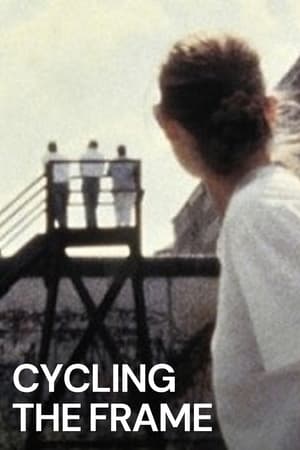 6.9
6.9Cycling the Frame(en)
In 1988, Tilda Swinton toured round the Berlin Wall on a bicycle - starting and ending at the Brandenburg Gate - accompanied by filmmaker Cynthia Beatt. As Swinton travels through fields and historic neighborhoods, past lakes and massive concrete apartment buildings, the Wall is a constant presence.
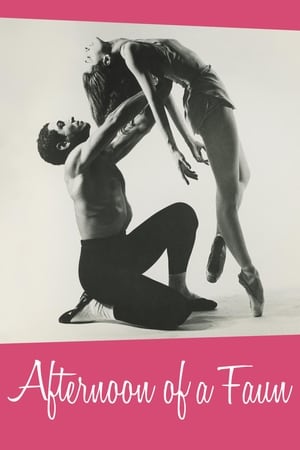 6.4
6.4Afternoon of a Faun: Tanaquil Le Clercq(en)
Of all the great ballerinas, Tanaquil Le Clercq may have been the most transcendent. With a body unlike any before hers, she mesmerized viewers and choreographers alike. With her elongated, race-horse physique, she became the new prototype for the great George Balanchine. Because of her extraordinary movement and unique personality on stage, she became a muse to two of the greatest choreographers in dance, George Balanchine and Jerome Robbins. She eventually married Balanchine, and Robbins created his famous version of Afternoon of a Faun for her. She had love, fame, adoration, and was the foremost dancer of her day until it suddenly all stopped. At the age of 27, she was struck down by polio and paralyzed. She never danced again. The ballet world has been haunted by her story ever since.
 5.7
5.7Nepal Forever(ru)
This film features two Russian communist politicians. Being committed Leninists; both of them have served several terms as city council members. Their horizons are broad, but what concerns them the most is the future of global communism. At one point, by decree of fate, their booming activities begin to expand far beyond the boundaries of their native St. Petersburg and the Russian Federation. However, the future of global communism remains unclear. What remains clear is the fact that in the modern world the tail still wags the dog. A documentary comedy.
The Eyes of Thailand(en)
Tells the true story of one woman's quest to help two elephant landmine survivors-Motala and Baby Mosha-walk on their own four legs.
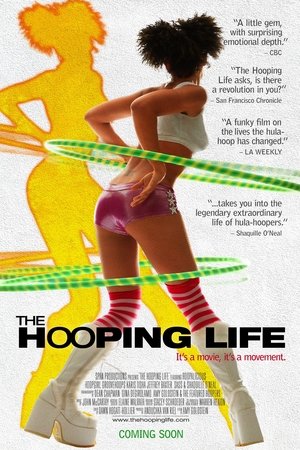 8.7
8.7The Hooping Life(en)
Learn the origins and rise of modern day hula-hooping through eight extraordinary stories of hoop devotees who have embraced it as an art form, a teaching aid, and even an instrument of redemption. From the streets, to intimate clubs, to giant arenas, we alternate between self-filmed video diaries, verité documentary footage, and spectacularly filmed performances in an attempt to celebrate the healing power of movement and the spirit of human inventiveness.


